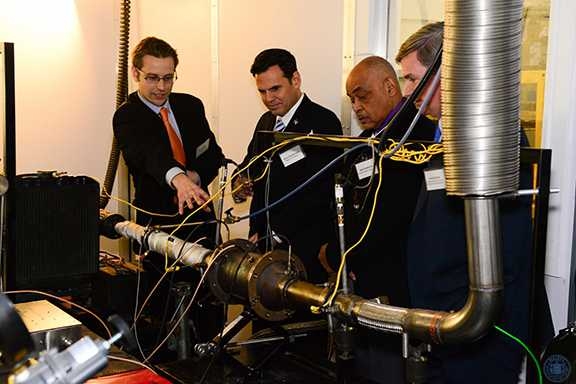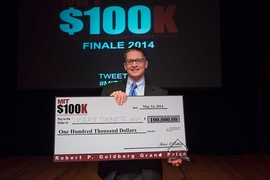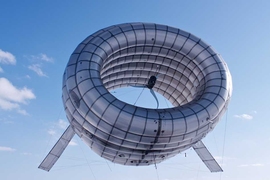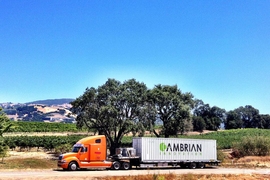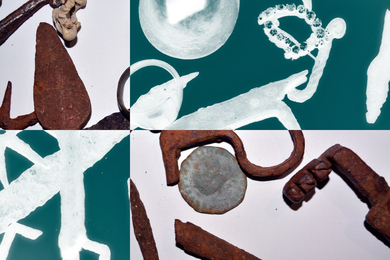Trucks and other heavy-duty vehicles could run more efficiently while cutting tailpipe emissions, thanks to a discovery in an MIT lab that, with the help of the Institute’s entrepreneurial ecosystem, is now the focus of a start-up that has drawn attention — and funding — from the National Science Foundation and the Department of Energy.
Alexander Sappok PhD ’09 was a graduate student in mechanical engineering at MIT’s Sloan Automotive Lab when he and Dr. Leslie Bromberg realized that the radio-frequency (RF) signals key to transmitting data to and from cell phones and other wireless devices might also solve a problem in the automotive industry. Their basic concept: The signals could be analyzed to monitor the buildup of soot in the high-tech filters that prevent trucks and buses from spewing black smoke along our roadways.
“It turns out that the carbon in soot is really good at absorbing RF signals. So the more soot in the filter, the weaker the RF signal gets, and we can measure that directly in real time,” says Sappok, president of Filter Sensing Technologies (FST), the company he started in 2008 while still a student. (Bromberg is chief technology officer.)
Currently, there is no way to easily inspect for soot buildup, so filters are automatically cleaned at scheduled intervals and for set amounts of time using a high-temperature process that consumes extra fuel. FST has developed an inexpensive sensor that uses RF signals to detect buildup in real time. The resulting data can optimize the cleanup process, saving fuel. In tests on New York City garbage trucks, for example, the company’s sensors have shown that the cleanup time can be cut in half. They have also shown that the time between cleanings can be extended.
Sappok emphasizes how instrumental MIT’s entrepreneurial ecosystem and resources were to getting FST off the ground. While still a student, he took a number of business classes through the MIT Sloan School of Management, and entered the MIT $100K Entrepreneurship Competition with his sensor technology. He made it to the semi-finals for the Clean Energy Prize.
He also got very involved with MIT’s Venture Mentoring Service (VMS). “We still meet with some of the mentors and participate in many VMS events,” says Sappok. Further, through VMS’s Ventureships program, a team of MIT students helped FST with a case study and market research. “They looked at a whole range of potential applications for the technology and ranked them in terms of market size and suitability,” he says.
Finally, Sappok worked closely with the Institute’s Technology Licensing Office on patent applications and intellectual property. “I really can’t say enough about the resources and ecosystem at MIT that facilitate entrepreneurial efforts,” he concludes.
To learn more about the entrepreneurial ecosystem at MIT, visit the website for the Martin Trust Center for MIT Entrepreneurship.
